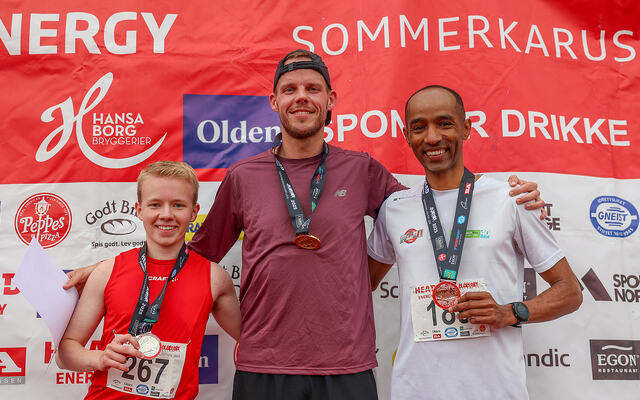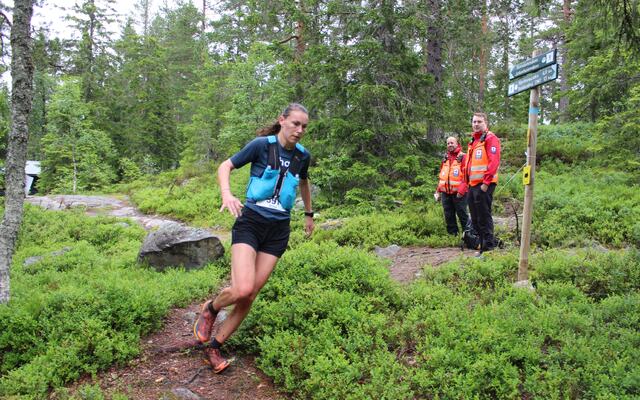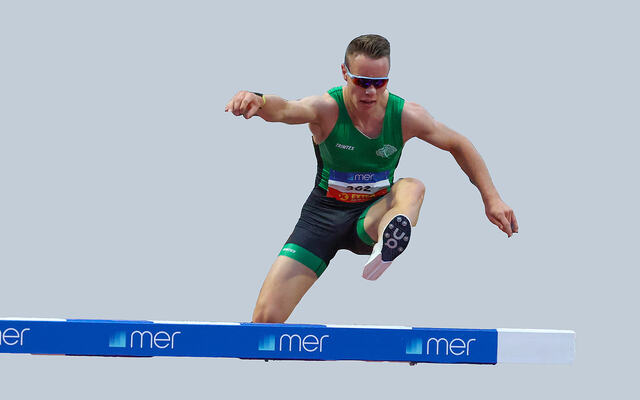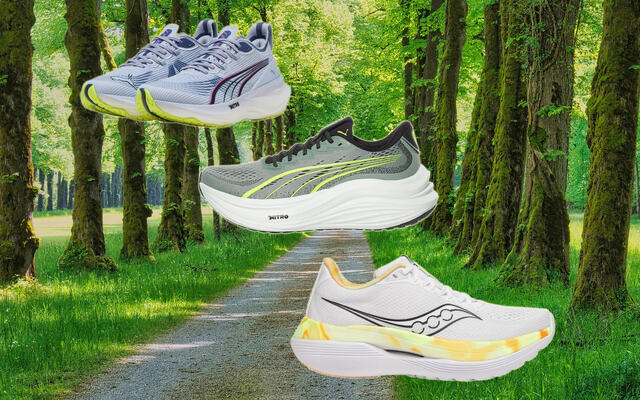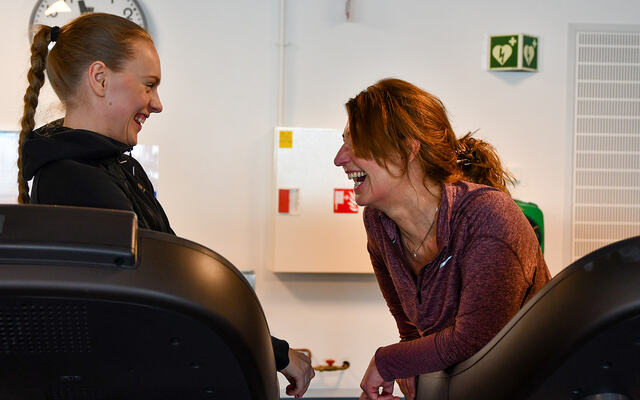| Artikkel om Beinhinne-problemer - kilde: Worldofendurance Shin splints: Beware! Virtual Coach Dave Spence The most likely injury for beginner runners and walkers is: SHIN SPLINTS - painful shins, also called medial tibial stress syndrome. A stress fracture pain is likely to be a continuous pain and restricted to one spot. Do not run or walk if you have this type of pain. If stretching eases the pain, a fracture is also less likely. If you have a more diffuse pain or tenderness in the lower third of the leg on the inside, or along the entire shin, a fracture is less likely - this means you may be suffering from shin splints. With shin splints, pain is felt on extending the toes and weight bearing. It hurts if you press the area with your finger. Physiologically, its an inflammation of the tendons OR muscle in this area. Pain eases when youre well warmed up, but resumes at the end of exercise. Causes * Running with the weight too far forward; * striking the ground with the first third of the foot; * over-striding; * shoes too tight around the toes; * inflexible shoes; * weak arches may be present; * tight calf muscles stress the shin structures; * calf muscles too much stronger than the shin muscle... which, tighten and pull on the shin muscles; * overtraining is its trademark; * beginners are very susceptible. Prevention Flexible midsole - use a combination or slip lasted design in preference to heavy or stiff shoes. Replace your shoes every 800 to 1000 km. Use a heel lift to reduce jarring, along with arch supports or padding if necessary. Dont make a sudden increase in your training or run too fast too soon. Balance your training. Run fewer kms; do them on softer surfaces. Pool run. Use orthotics or anti pronation shoes if needed. Use orthotics or anti-pronation shoes. Go offroad: Concrete is six times harsher to your shin tissues than asphalt. Asphalt is three or more times harsher than dirt trails. Grass and muddy trails are still softer, and significantly decrease your risk of shin splints. Bring back road kms a km or two at a time as you ease back to full training. Warm up the shin muscle The shin muscle works against the large calf muscles; the shin muscle is the last muscle to warm up and the first to cool down. With this in mind, do exercises to build them up. Draw large circles with your big toe, then write the alphabet with your big toe. After a few weeks, add the paint pot exercise (fill a pot with sand and sit on a table and lift the pot up and down with a straight leg), or hook an elastic belt or similar item under the toes and push against it ten times each day. Reduce your mileage to get over the shin splints. Wearing long thick socks will help to avoid the chill when not running, making it easier to warm up the muscle before you do run. Pain on the outside of the shin? Walk with your toes pointed in for one minute a day. Pain on the inside? Walk with toes pointed out for one minute. Build up to five minutes by adding a minute every 2 or 3 days. Then practice walking on your toes and on your heels with toes pointed in and out. Treatment Use ice for the initial swelling. Then flexibility work: Stretch pre and post exercise. Lie on your back one foot in the air. Place a towel around the sole of your foot, and pull with your left hand to bring the toes down and to the left, which will stretch the muscles on the right. Hold for 30 seconds and repeat to the right and with the other leg. Also, massage gently down the muscle to your pain tolerance, then back off by 10 percent to avoid damage. Use ice alternating with moist heat...then put the muscle through its full range of motion. Use anti-inflammatories. COMPARTMENT SYNDROME This is a muscle pain due to the muscles growing faster than the sheath surrounding them. It includes one form of shin splints; it also affects the other smallish muscles of the lower leg. Your shin muscle will feel tight, numb and you may have a sensation of pressure due to excess fluid or muscle development. Massage, ice and anti-inflammatories can help. Surgery may be required to allow the muscle more room to expand. First though, reduce mileage to allow your muscles to adapt. Some muscles grow so much that they constrict the blood flow into the sheath...resulting in necrosis (a medical emergency) of the muscle. SHIN STRESS FRACTURE If you feel pain when you put pressure on the shin... rest. Stress or hairline fractures dont show up on x-ray until healing is well under way; they can be confirmed quite early by a bone scan. The dilemma - a fracture requires six to eight weeks non impact exercise to heal. Use non running exercise to maintain muscle tone until youve confirmed if you have a fracture. Pool running, elliptical training and cycling are the best exercise options. Good luck - if you have any queries, post them to the discussion board! |
Beinhinne-problemer
Sikkert som Banken ( i alle fall slik banken var..) - om våren 'blomstrer' beinhinne-betennelsen! Den har ødelagt hele eller deler av sesongen for mang en løper som frydefullt har gledet seg til konkurransesesongen. Artikkelen nedenfor gir deg tips om forebygging og behandling av problemet
Siste medlemssaker
Annonse

